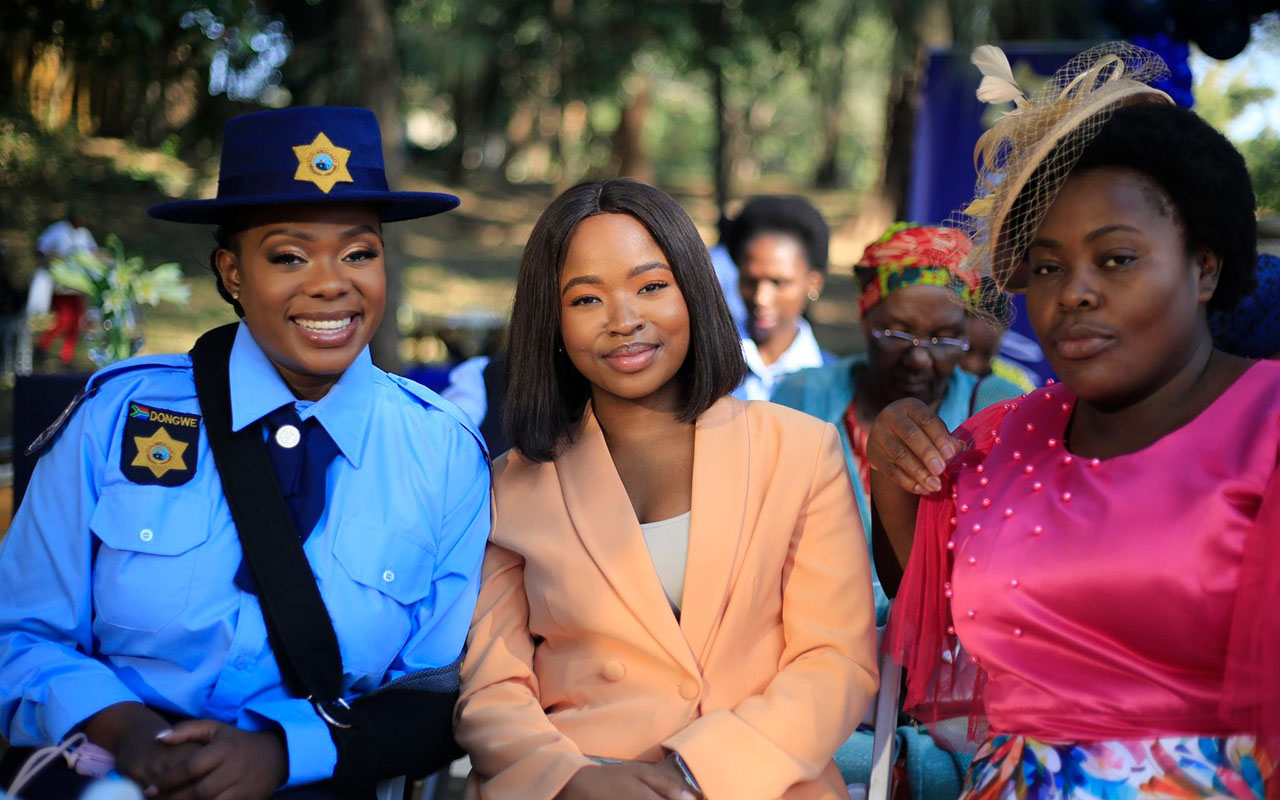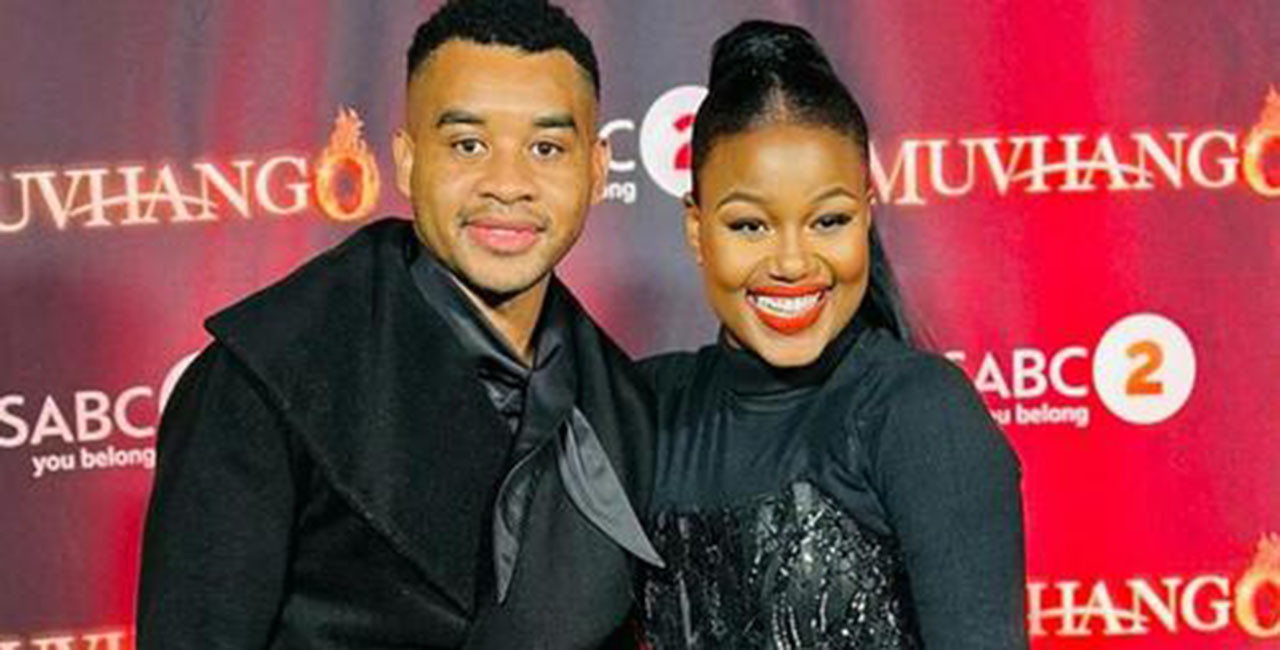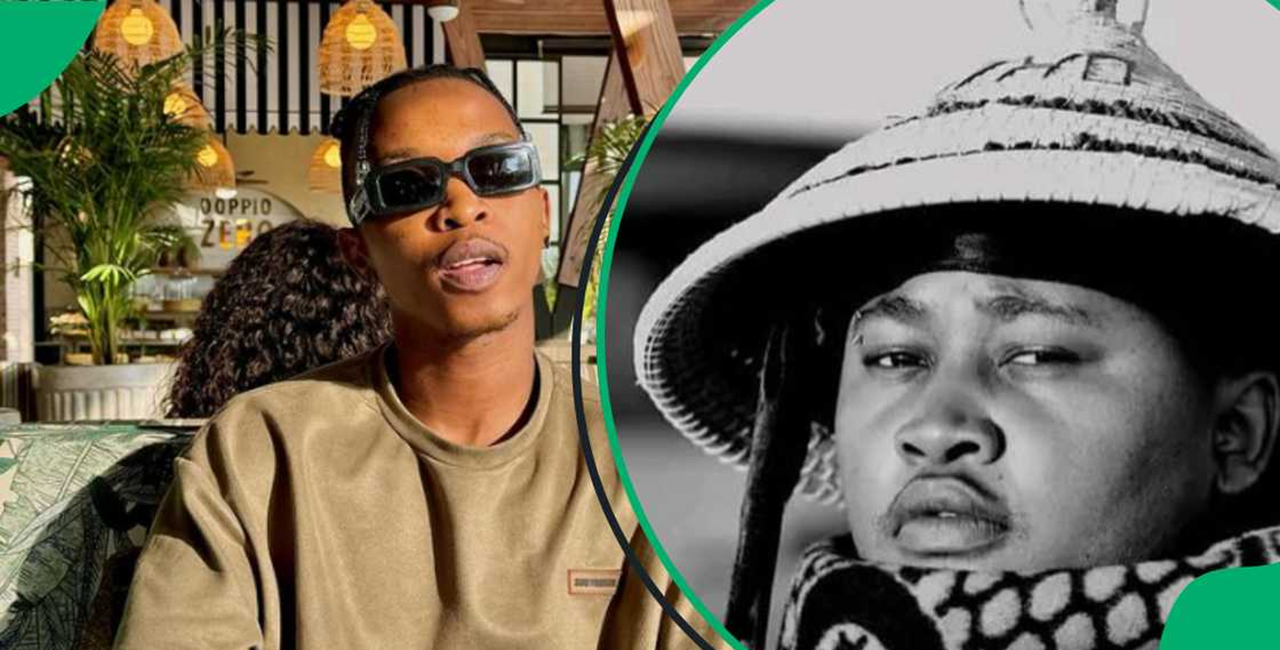Skomota’s Struggle: Navigating Financial Uncertainties in the Entertainment Industry.

Skomota’s Struggle: Navigating Financial Uncertainties in the Entertainment Industry.
Skomota’s Struggle: Navigating Financial Uncertainties in the Entertainment Industry

In the glittering world of entertainment, where spotlights shine bright and applause echoes, a different narrative often simmers beneath the surface. Skomota, a talented performer whose artistry has enraptured audiences, finds himself ensnared in a labyrinth of financial ambiguity with Moruti Wa Dikota, purportedly his benefactor.
Skomota’s tale unravels a complex web of promises and discrepancies. Allegedly, Moruti Wa Dikota, a significant figure in the industry, pledges compensation of R1000 after each performance.
Yet, this commitment frequently falls short, leaving Skomota grappling with financial insecurity. The inconsistency in payment paints a troubling picture, casting doubts on Moruti Wa Dikota’s integrity and the stability of their financial arrangement.
Adding to the intrigue is Skomota’s purported charge rate of R35,000 per performance, a stark contrast to the meager compensation received.
This glaring incongruity magnifies the disparity, leaving Skomota feeling shortchanged and disillusioned. The diversion of substantial sums into Moruti Wa Dikota’s accounts further clouds the financial landscape, shrouding their dealings in opacity.

Beyond the professional realm, Skomota’s personal life is also impacted by these financial uncertainties. With a wife expecting their first child, the importance of financial stability becomes paramount. The impending responsibilities of fatherhood compound Skomota’s concerns, casting a shadow over his future.
Skomota’s plight sheds light on broader issues endemic to the entertainment industry. Artists often find themselves at the mercy of influential figures, vulnerable to exploitation and manipulation. The inherent power dynamics perpetuate a cycle of uncertainty and disenchantment, undermining the industry’s integrity.
As Skomota navigates the intricacies of his professional and personal life, his story serves as a poignant reminder of the need for transparency, fairness, and accountability in the entertainment industry.

It calls for greater safeguards to protect artists’ rights and ensure equitable compensation for their talents. Only through concerted efforts to address systemic issues can the industry thrive, providing artists like Skomota with dignity and financial security.
Amidst the unfolding drama, social media platforms buzz with reactions to Skomota’s revelations. Suggestions abound, ranging from acquiring a professional artist manager to cautionary tales of financial exploitation. The discourse reflects a mix of empathy, indignation, and humor, highlighting the complexities of Skomota’s predicament.
In conclusion, Skomota’s narrative underscores the challenges faced by artists in an industry rife with uncertainty and imbalance. It serves as a rallying cry for change, urging stakeholders to prioritize the well-being and rights of artists.
Only then can the entertainment industry truly fulfill its promise of fostering creativity and expression, free from the shadows of exploitation and financial insecurity.





